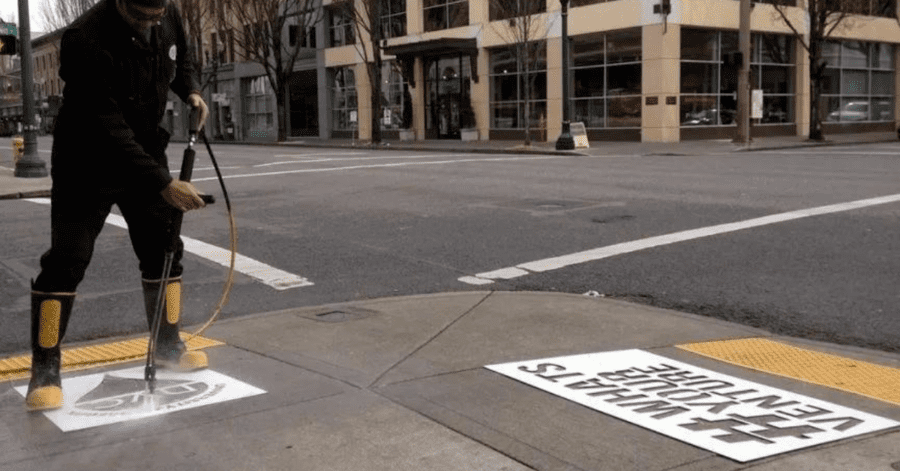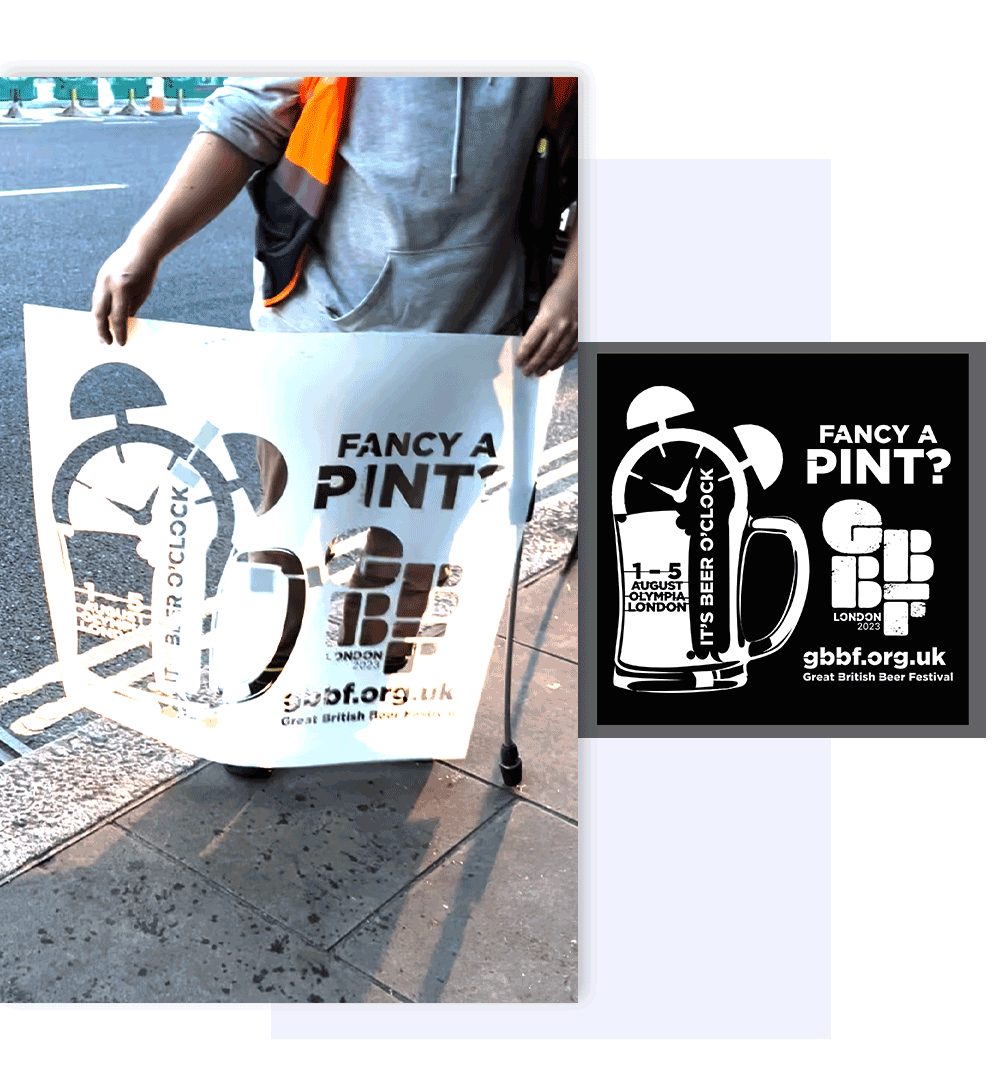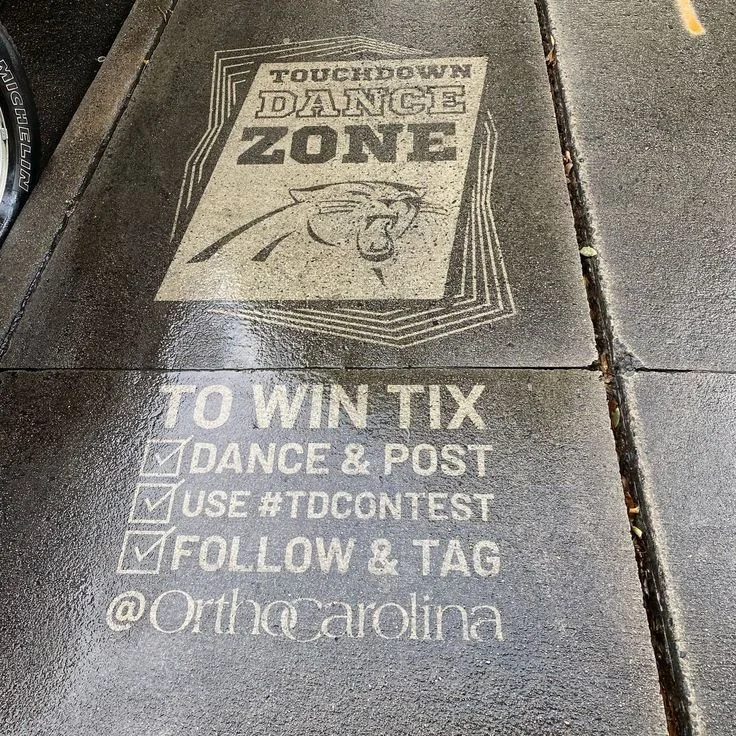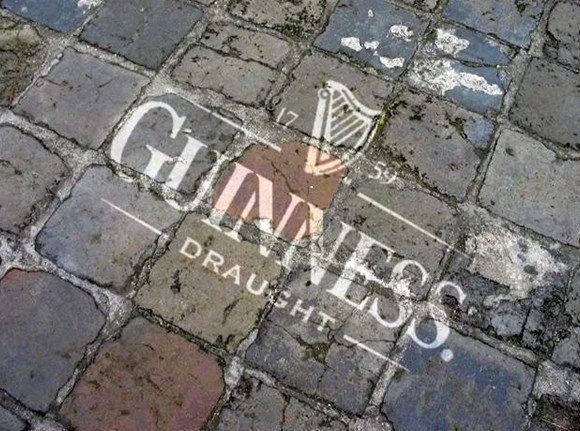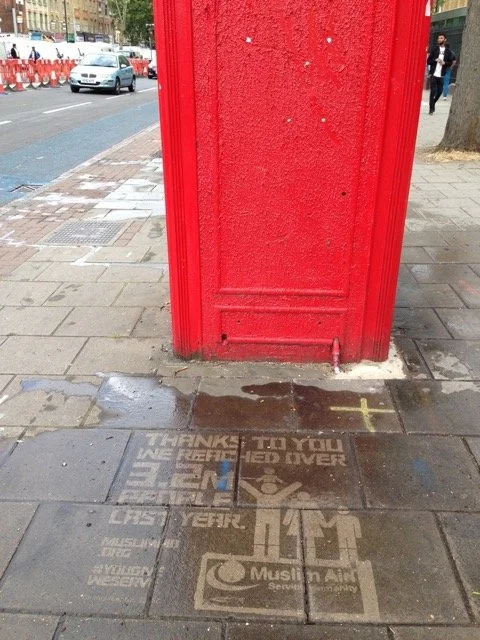Reverse Graffiti Ad
How Brands Are Turning Grime into Gold with an Unexpectedly Fresh Approach
In a world drowning in advertisements, some brands are doing the unthinkable — cleaning the streets to make their point. This is Reverse Graffiti, also known as Clean Graffiti. Instead of spraying paint, they use a stencil and a high-pressure washer to blast away the dirt on sidewalks and walls, leaving behind a clean, striking message.
This isn’t just a quirky art project. From its early days promoting local events to being embraced by IKEA, Microsoft, and Domino’s, reverse graffiti has evolved into a low-key genius marketing tactic. For brands with an eco-friendly ethos, it’s a visual way of saying,
“We don’t just talk the talk — we clean the walk.”
It’s not only marketing — it’s corporate social responsibility in motion. And the real magic lies in the element of surprise. In a world flooded with loud billboards, a quiet piece of clean art feels like rebellion through restraint. It stands out not by shouting, but by being refreshingly silent.
Why this strategy?
Authentic “Green” Marketing
It’s a tangible demonstration of a brand’s care for the environment. They’re not adding more clutter — they’re literally cleaning it up.A Guerrilla Masterstroke
In a saturated world of visual noise, reverse graffiti turns dirt into design. It reclaims public space in a clever, non-intrusive way, becoming the kind of ad you didn’t know you were looking for.The Ultimate Viral Loop
A clean, unexpected message on a dirty wall is instantly shareable. It transforms a local street into a global digital moment, powered by nothing more than a pressure washer and creativity.
My comment
Walking through New York, I’ve often seen messages written in chalk or clean graffiti like this — and at first, I thought the bright parts were painted on. Who would’ve guessed that what looked white was simply the absence of dirt?
It made me think about how some of the most original ideas aren’t about adding more, but about taking something away. Reverse graffiti doesn’t just clean walls — it cleans the way we think about advertising. And for me, that’s what creativity is at its purest: finding clarity in what we choose to remove.

